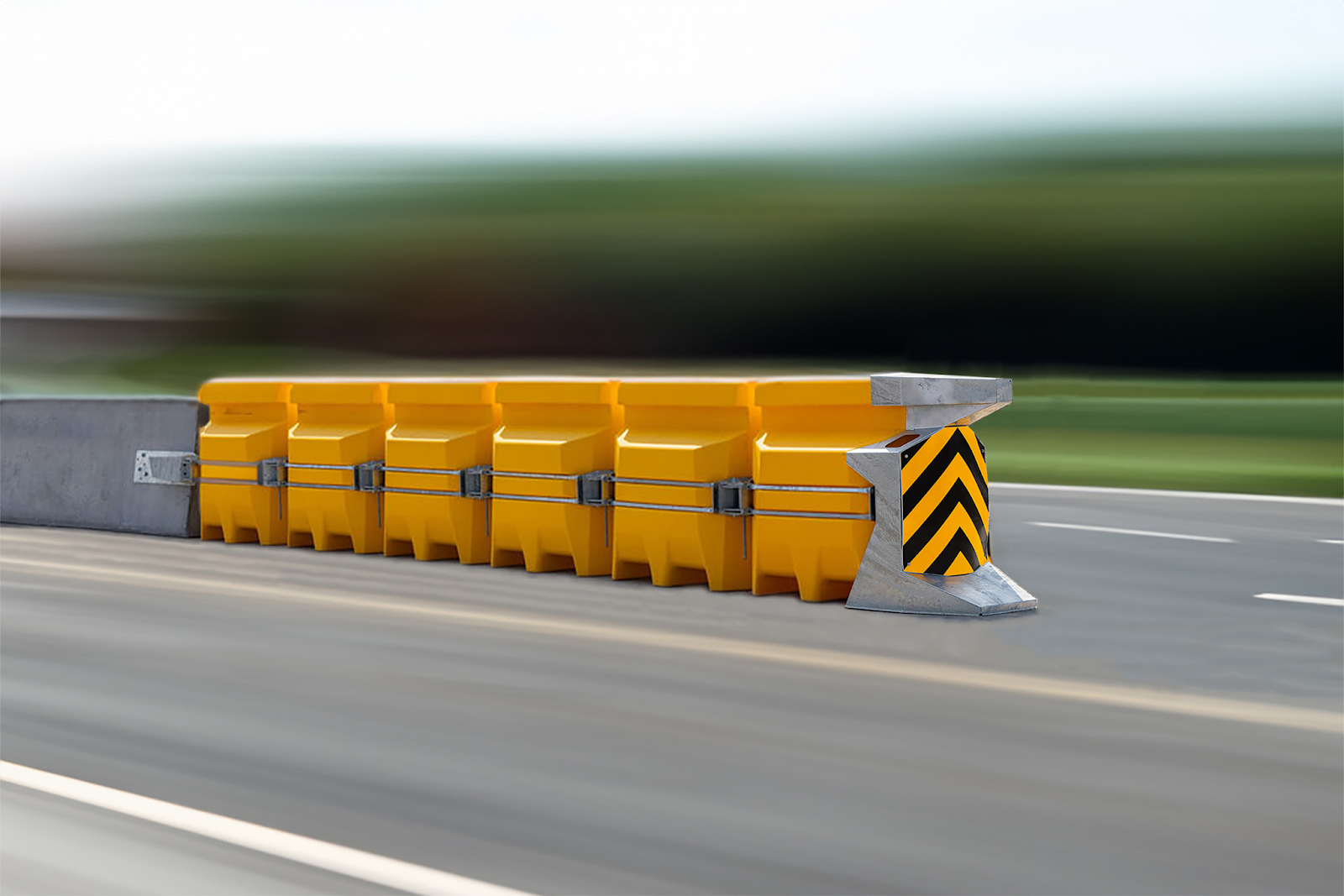Roadway safety is a critical concern for transportation authorities, drivers, and pedestrians alike. Every year, accidents on highways and busy roads result in injuries, fatalities, and property damage. To reduce the severity of crashes and protect road users, safety engineers have developed various devices, one of the most effective being the crash cushion.
Understanding What a Crash Cushion Is
A crash cushion, sometimes called an impact attenuator, is a safety device installed on roads to absorb the energy of a vehicle collision. It is typically placed in front of fixed obstacles such as barriers, toll booths, bridge piers, or sign supports. The main purpose of a crash cushion is to reduce the force experienced by the vehicle and its occupants during an impact, minimizing injuries and damage. Unlike standard guardrails or barriers, crash cushions are designed to deform or dissipate energy in a controlled manner. This controlled deformation ensures that the crash’s impact is less severe, protecting both drivers and passengers.
How Crash Cushions Improve Roadway Safety
Crash cushions play a vital role in improving roadway safety in multiple ways. Firstly, they prevent vehicles from colliding directly with rigid structures, which can cause severe injuries or fatalities. By absorbing and redirecting the energy of a collision, crash cushions reduce the risk of life-threatening impacts.
Secondly, these devices help manage vehicle movement during accidents. When a vehicle strikes a crash cushion, it slows down gradually rather than stopping abruptly. This gradual deceleration reduces the likelihood of secondary collisions, which often occur when vehicles abruptly stop on busy highways. By controlling the impact, crash cushions provide drivers with a better chance of regaining control of their vehicles, further reducing accident severity.
Strategic Placement of Crash Cushions
For crash cushions to be effective, proper placement is essential. Transportation authorities typically install them in high-risk areas, such as highway exits, construction zones, and locations with fixed roadside hazards. By analyzing traffic patterns and accident data, engineers can determine where crash cushions will provide the most significant safety benefits.
In addition, maintenance and regular inspections ensure that crash cushions remain functional over time. Damaged or outdated devices can fail during a collision, reducing their effectiveness. Therefore, ongoing upkeep is critical to maintaining the safety benefits of crash cushions on roads.
Benefits Beyond Individual Safety
The advantages of crash cushions extend beyond protecting individual drivers and passengers. By reducing the severity of accidents, these devices also help decrease roadway congestion caused by collisions. Fewer severe crashes mean less emergency response time, reduced repair costs for damaged vehicles and infrastructure, and overall smoother traffic flow.
Moreover, crash cushions contribute to lowering economic costs associated with accidents. Emergency medical services, vehicle repairs, and property damage expenses can be substantial after a severe crash. By mitigating impact severity, crash cushions save lives while reducing financial losses for individuals and communities.
Conclusion
Crash cushions are a vital component of modern roadway safety systems. Their ability to absorb impact energy, prevent direct collisions with rigid obstacles, and control vehicle movement significantly reduces the risk of serious injuries and fatalities. Proper installation, maintenance, and strategic placement of crash cushions ensure that roads remain safer for all users. As road traffic continues to grow, investing in effective safety solutions like crash cushions is not just practical but essential for protecting lives and improving overall traffic safety.

